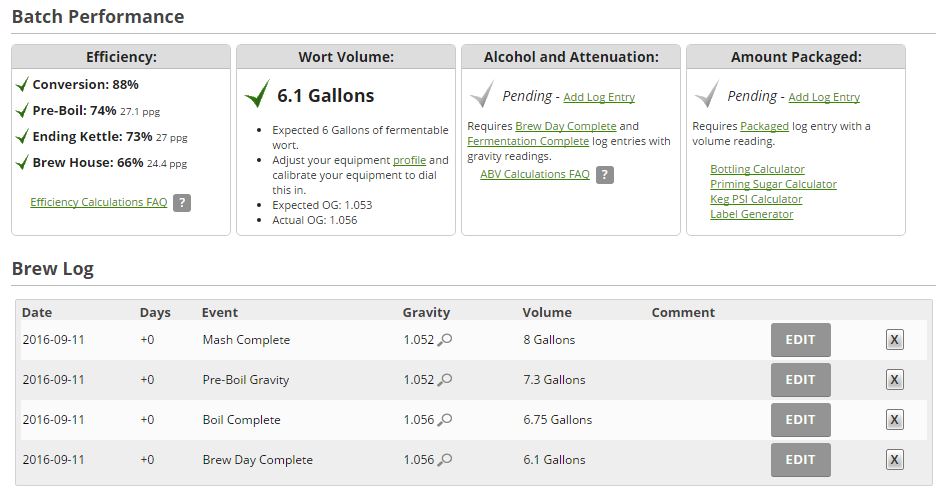I'm starting to wonder if my stainless steel kettle might be leaching some metal ions into my brewing water that are interfering with the starch conversion process.
Last time I brewed I noticed that after my RO water had been sitting in the kettle for a little while, TDS levels went through the roof. I thought I had cleaned the kettle pretty well, but wasn't ready to rule out some stubborn residue causing the increase.
After that last batch, I decided to conduct an experiment. I cleaned the kettle with soap and water, rinsed, did a PBW soak, scrubbed some more, and rinsed thoroughly with a high pressure hose. I also cleaned out all the fittings. I'm positive it was 100% clean. I then filled it with five gallons of reverse osmosis water. My TDS meter read 3ppm after the kettle had collected five gallons of RO water, a process that takes several hours with my filter. I then left the kettle with the lid on for a little under two days, and checked it again this morning. It now reads 320ppm.
I don't know if it's possible for metal ions to interfere with the starch conversion process, but I know something is leaching into my water.
Last time I brewed I noticed that after my RO water had been sitting in the kettle for a little while, TDS levels went through the roof. I thought I had cleaned the kettle pretty well, but wasn't ready to rule out some stubborn residue causing the increase.
After that last batch, I decided to conduct an experiment. I cleaned the kettle with soap and water, rinsed, did a PBW soak, scrubbed some more, and rinsed thoroughly with a high pressure hose. I also cleaned out all the fittings. I'm positive it was 100% clean. I then filled it with five gallons of reverse osmosis water. My TDS meter read 3ppm after the kettle had collected five gallons of RO water, a process that takes several hours with my filter. I then left the kettle with the lid on for a little under two days, and checked it again this morning. It now reads 320ppm.
I don't know if it's possible for metal ions to interfere with the starch conversion process, but I know something is leaching into my water.







![Craft A Brew - Safale BE-256 Yeast - Fermentis - Belgian Ale Dry Yeast - For Belgian & Strong Ales - Ingredients for Home Brewing - Beer Making Supplies - [3 Pack]](https://m.media-amazon.com/images/I/51bcKEwQmWL._SL500_.jpg)




















































